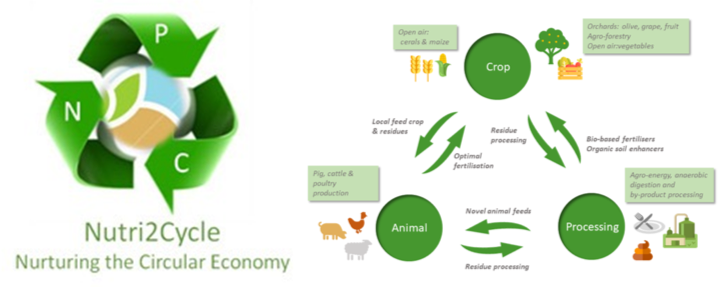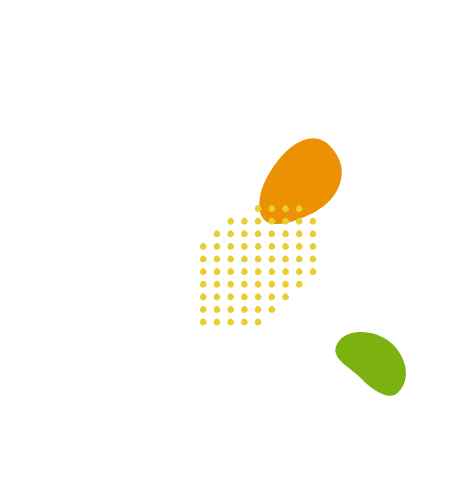News and pubblications
Case Studies
NUTRI2CYCLE
Transition towards a more carbon and nutrient efficient agriculture in Europe
DURATION: 48 months
AREA – REGIONS INVOLVED: 12 countries from the Europe Union: Belgium, Italy, Poland, Spain, Germany, Hungary, The Netherlands, Portugal, Denmark, France, Ireland, Croatia.
Nutri2cycle as an H2020 EU project targets a transition from the current (sub-optimal) nutrient management in European agriculture to the next generation of agronomic practices, characterized by an improved upcycling of nutrients and organic carbon. The project holds a general flow of 4 steps, a first one with the mapping of the actual nutrient flow in regular farming systems, and the acquisition of a long list of technical solutions (farm practices with a strong combination of research insight) from stakeholder and experts. In a second step a short listing of the solutions take place by measuring their ability to close loops on C, N, P, through the translation of agro-technical data collected in the previous step, translated into dashboard indicators to be benchmarked against the baseline (currently), these data will be upgraded by implementing techniques of Life Cycle Analysis (LCA) in order to analyze and evaluate (economically, environmentally and socially) the potential solutions that can be used as a demonstration cases in the following steps.

Steps forward 3 and 4 involve the demonstration and validation of a few selected solutions by a demo real cases in an operational – real environment. Among the steps that has be done in the project was the compilation of a long list of solutions (technologies submitted by internal research and operational groups) with different levels of ‘maturity’ – Technology Readiness Level (TRL) with a total of 76 collected as a first step, covering 5 research lines (RL); 1. Innovative management systems, tools & practices for optimized nutrient and GHG management in animal husbandry; 2. Innovative soil, fertilization & crop management systems & practices for enhanced N, P efficiency and increased soil OC content; 3. Tools, techniques & systems for higher-precision fertilization; 4. Bio-based fertilizers (N, P) and soil enhancers (OC) from agro-residues; 5. Novel animal feeds produced from agro-residues. After a second filter made it, a shortlist of 45 solutions was built with the solutions able to provide research data in the future coming stages.

